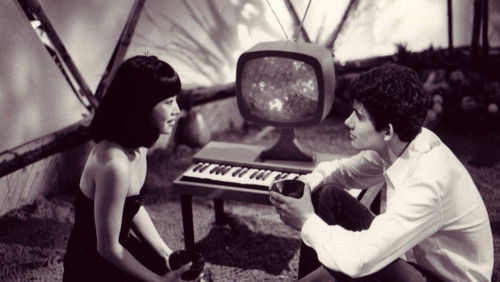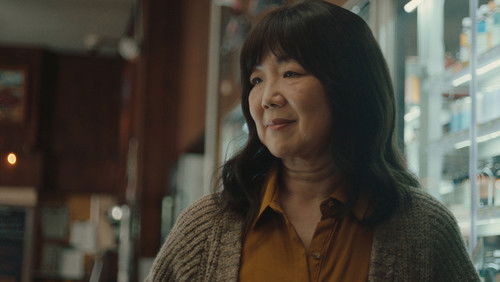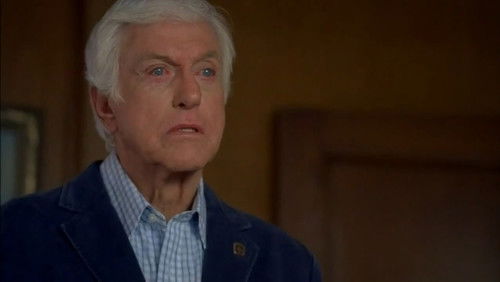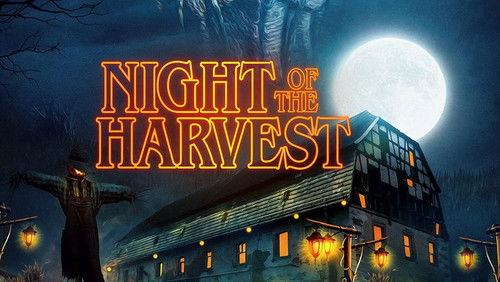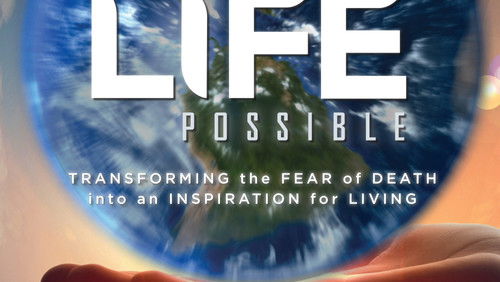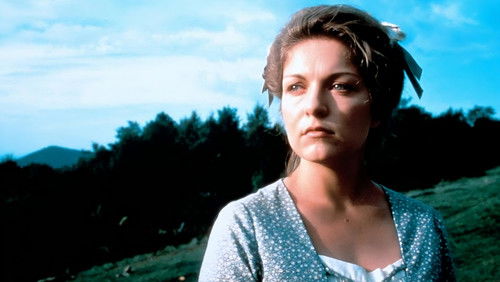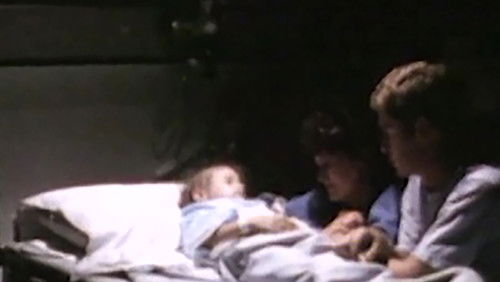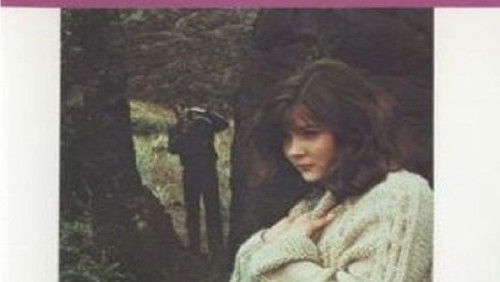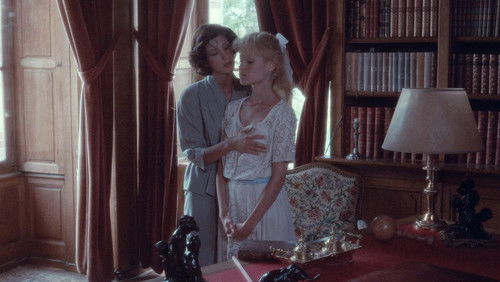Meine brillante Karriere (1979)
65KMeine brillante Karriere: Directed by Gillian Armstrong. With Judy Davis, Sam Neill, Wendy Hughes, Robert Grubb. A proud young woman in early 20th century Australia must choose between marriage and independence.
“Sometimes a life in film brings an experience like this. Its oddly tense in some dimensions and relaxed in others and the balance between the two seems distinctly Australian. I hadnu0026#39;t seen this when it was new, and Iu0026#39;m glad. Seeing a great film for the first time is a distinct pleasure.u003cbr/u003eu003cbr/u003eI can think of only two similar pleasures in life.u003cbr/u003eu003cbr/u003eReviewers often focus on the story; its the common currency for discussion. The interesting fact behind the power of this movie is that the story is incoherent, poorly developed. There are a few main characters and none of them are attached to what are considered necessities for storytelling. They arenu0026#39;t introduced, we see them only through the effect of their presence. They donu0026#39;t develop. They influence nothing.u003cbr/u003eu003cbr/u003eThe main character is presented as a sort of Jane Austen both an Austen woman encouraged to marry, and Austen herself as a sort of author-in-her-own-book, like we saw in the 1999 film of Mansfield Park. But the odd thing is that we have Austen in Australia, the role and all the expectations without the baroque mechanics of society swirling around. Instead we get cows and sheep.u003cbr/u003eu003cbr/u003eAnd emptiness, a cinematic vastness that even the US hasnu0026#39;t yet produced, despite Terence Malick.u003cbr/u003eu003cbr/u003eSo the incompleteness of the story is part of the genius of the thing. Our heroine doesnu0026#39;t have an Austenian future, instead becomes a backcountry Louisa May Alcott or George Sand. Indeed, Davis did go on to play Sand and Anderson went on to direct u0026quot;Little Women.u0026quot; What our filmmaker has done is create a story where we subconsciously notice something is missing. And then she fills it with two things, this translucent actress and a similarly translucent open landscape.u003cbr/u003eu003cbr/u003eFirst the landscape. Watch the opening of this. Its genius, shooting from outside in, peering in through windows and doors while we see literally the story beginning to be written. Then we shoot from the inside through the same windows out and see a dust tempest beginning.u003cbr/u003eu003cbr/u003eThis notion of space, inadequate enclosure, book and heroine conflated into them and weaving through them was copied after a fashion in the opening for the 2005 u0026quot;Pride and Prejudice.u0026quot; Here, it is fresh, original, shocking. Effective, even life-affirming.u003cbr/u003eu003cbr/u003eYou can see a similar master vision in how the ending is shaped. We see our woman, a best friend by this time, going to mail her book to us. She approaches the fence and her dog scurries under, unconstrained by fences. Its a small thing, but by then weu0026#39;ve become aware of how wonderfully our hidden woman behind the camera has shaped everything so minutely. That dog moves under the gate naturally, using a gait and hole that can only have come through hundreds of such exits. I have no idea how Anderson did it.u003cbr/u003eu003cbr/u003eAnd now to Ms. Davis. Over time you pick things from the film vocabulary that you cleave to, things that naturally tip into the bucket of your soul. One of these for me is a certain type of folded acting Iu0026#39;ve noticed in Australian actresses. Blanchett, Winslet are the ones I follow deeply.u003cbr/u003eu003cbr/u003eBut you can see it here and I imagine that this is the first appearance of the style in a competent film. In my own historiography, Judy Davis invented it and does so here. If you watch her manner, you can see Cate. The style is what I call folded, where we get both the character and a higher level communication from the actor about the character.u003cbr/u003eu003cbr/u003eWe have a few folded actresses. Whatu0026#39;s even rarer is when the actress is intelligent and skilled enough to place that higher fold in the center of the filmmakeru0026#39;s intention. It happens here. Its beautiful, on a simpler level echoing the fact that we see a book, its making, and various considerations about the making of the book.u003cbr/u003eu003cbr/u003eBecause it is this sort of translucent folding, we see Cate when we see Judy.u003cbr/u003eu003cbr/u003eYou wonu0026#39;t soon forget that.u003cbr/u003eu003cbr/u003eIu0026#39;m putting this on my list of films you really must see. Readers may be shocked. I only allow myself two from any given years and this year gave us u0026quot;Alien,u0026quot; u0026quot;Apocalypse Now,u0026quot; u0026quot;Manhattan,u0026quot; and u0026quot;Tree of Wooden Clogs,u0026quot; all of which are bumped by this. But this will change you, a female Herzog, unHerzog.u003cbr/u003eu003cbr/u003eNow if I can only see u0026quot;High Tide.u0026quot; u003cbr/u003eu003cbr/u003eTedu0026#39;s Evaluation — 4 of 3: Every cineliterate person should experience this.”
